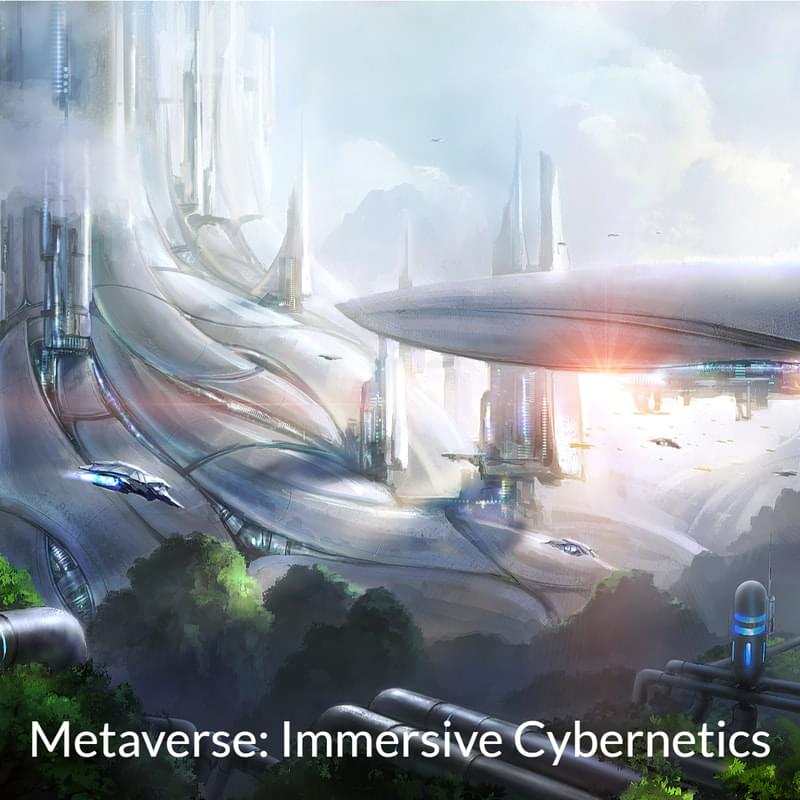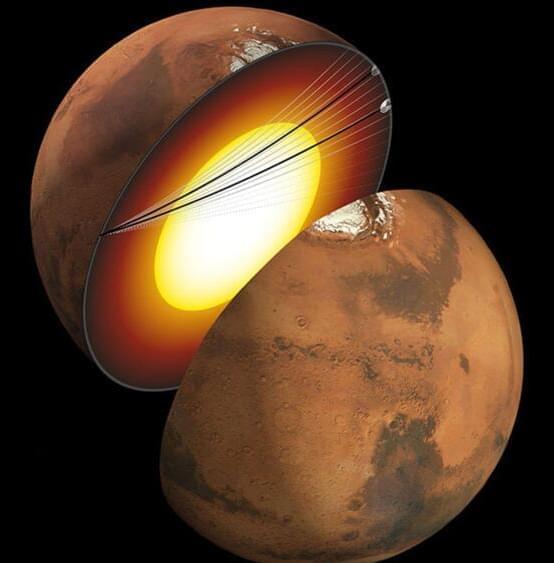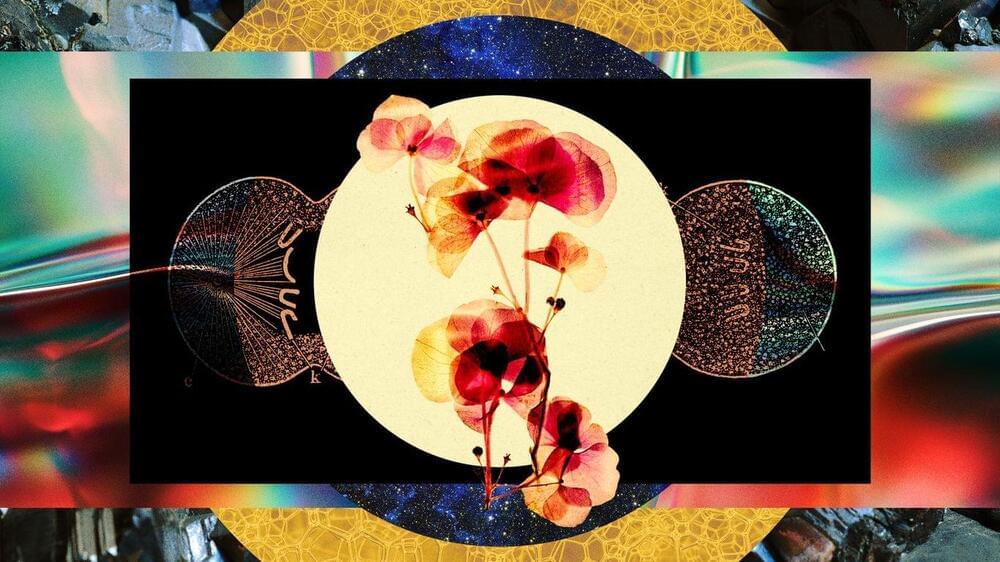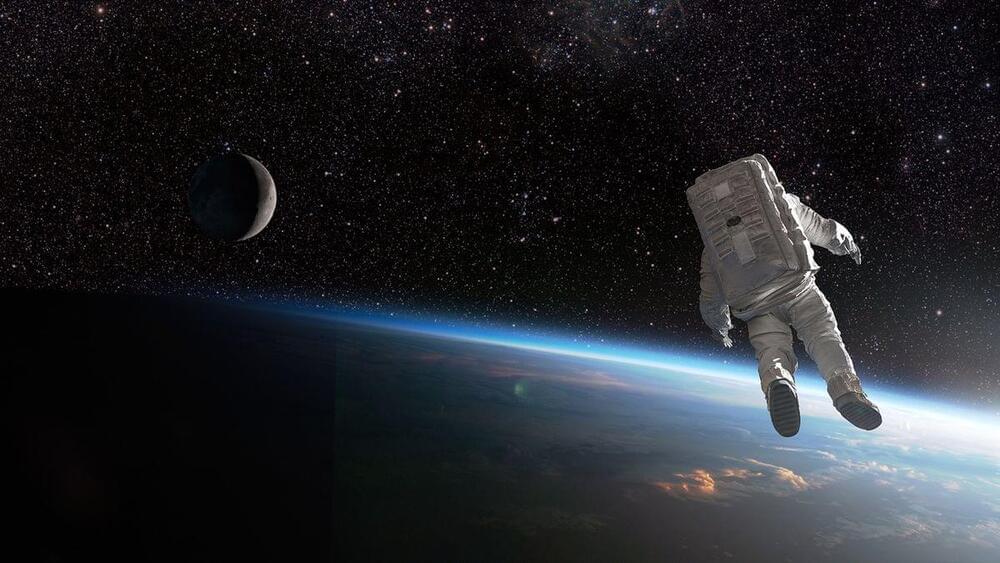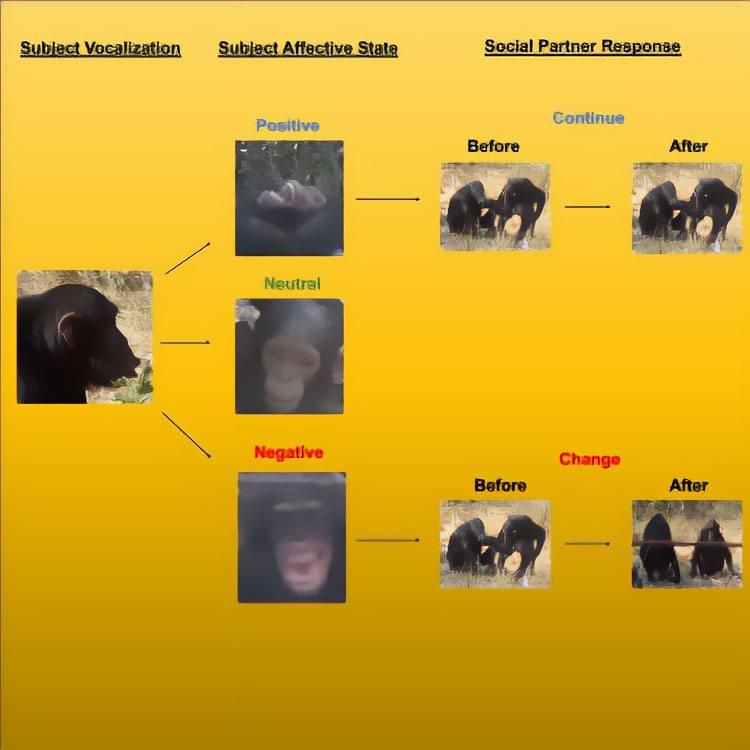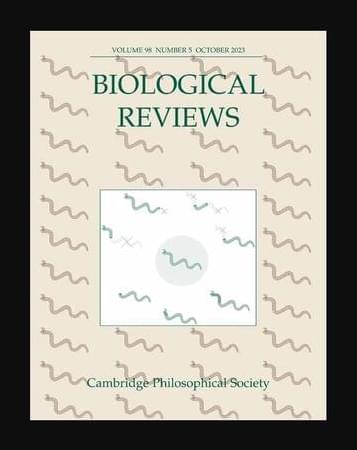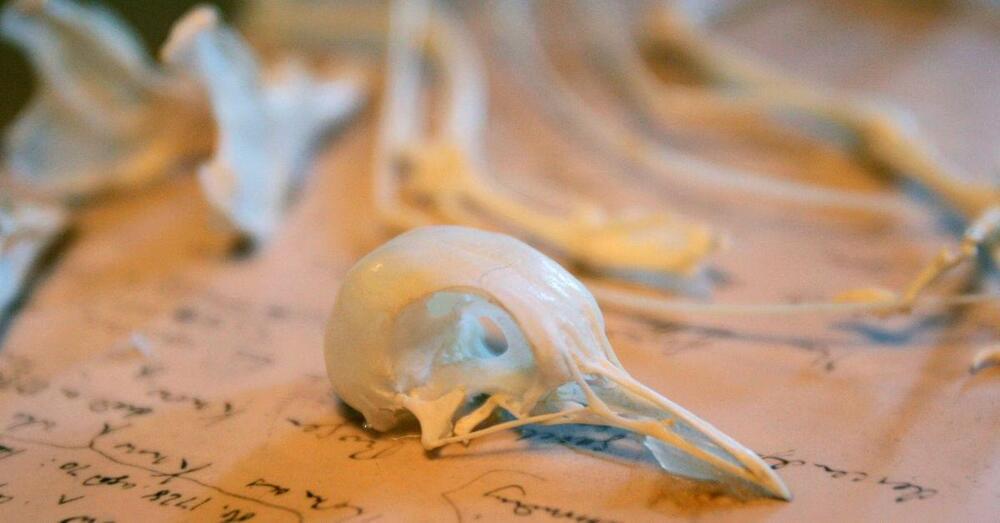Nov 4, 2023
The Dialectics of Chaos and Order: A Digital Philosophy Perspective
Posted by Alex Vikoulov in categories: evolution, humor, space
#HumanEvolution #UnipolarWorldOrder #MultipolarWorldOrder #GlobalBrain #GenerativeAdversarialNetworks #GlobalMind #SyntellectHypothesis #Geomind
What may seem like discord and chaos at first glance is, in actuality, the driving force behind harmony, balance, and evolutionary progress. In this grand cosmic symphony, each note—be it dissonant or melodious—has its unique place, contributing to the overarching masterpiece that is the universe. Thus, the ongoing struggle of opposites is not a malign cosmic joke but rather the divine mechanism through which the universe finds its equilibrium. And so, amid all the clashing and clamor, let’s not forget: even chaos has a purpose, and that purpose is nothing short of cosmic harmony.
-Alex Vikoulov
Continue reading “The Dialectics of Chaos and Order: A Digital Philosophy Perspective” »
